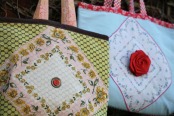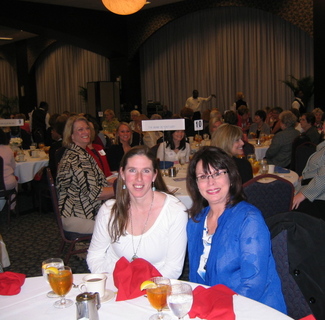
We each had the opportunity to give a talk. I used to hate public speaking, but now, I actually like it (provided I’m talking about something I know well). Speaking on a topic you’re passionate about is a great way to connect to people, and I like to connect to people.
But the real challenge with this group was that I knew there was a good chance many of the women didn’t sew. How do you inspire a group of women who may not share the same passion for sewing as you?
So, I decided to talk about, well . . . changing the world. In fact, what was so fascinating is that all four of us talked about changing the world. We each came at it from different angles. It sounds so lofty, I know, but isn’t it what we all want to do? Seriously, whether you approach it from altruism or religion or karma or whatever, we each want to make some part of the world better, don’t we?
Sharon talked about how releasing judgment and helping others to have a voice can change the world.
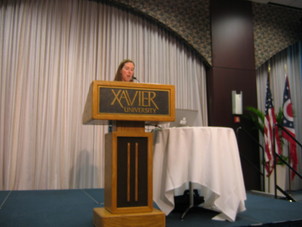
So, the three ways that knowing the history of sewing can change the world. Are you ready?
1. The history of sewing is the history of the domestic, and the domestic still largely gets ignored in most textbooks and traditional history classes. The domestic isn’t about big world events. It doesn’t get plotted on timelines and quizzed in school. It’s about day-to-day living at home. It’s about conversations and feeding and clothing the babies and rituals and paying bills and eating dinner. It’s all of the goods and meals and emotions produced in the home everyday. The domestic is about how people live. You can’t change anything about the world if you don’t understand how people live.
2. The history of sewing is a study in resourcefulness. It’s about re-using and re-purposing when needed, and then making thoughtful, deliberate decisions about what you need when you are buying new materials. To sew is to be deliberate. In today’s throw-away culture, that’s wisdom we all need in our everyday lives. Deliberate thinking is what will help change our world.
3. The history of sewing is inspirational, from both a creative perspective and an entrepreneurial perspective. It’s inspirational to see how women took the situations they had and made something from them. They bettered themselves by building home-based sewing businesses (such as through the Women’s Domestic Institute, which I’ve written about before). It’s also inspirational to see how generations of women took something that was expected of them—domesticity—and turned it into a creative outlet. Their creative talents affected change—whether it was raising money for various war efforts (Civil War and World Wars), clothing the poor, making their children feel loved and secure by giving them a quilt, or getting extra income for the family so that their kids could go to school, not the factory. Creative talents can always change the world, by changing people’s situation in life or their attitude and outlook on life.
So there you have it, my top three reasons why knowing the history of sewing can actually help us make our world a better place!
Have a great weekend everyone, and to my UK friends (still basking in the glow of the royal wedding), have a lovely holiday on Monday!
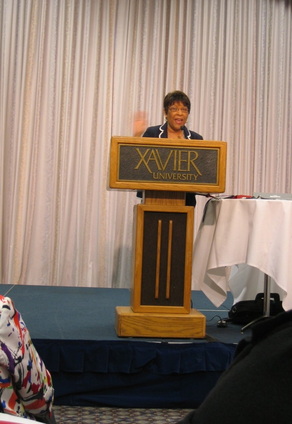
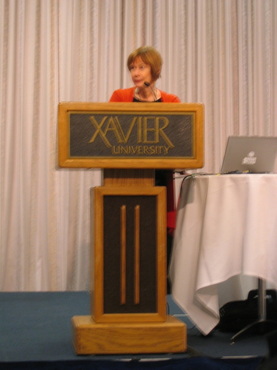
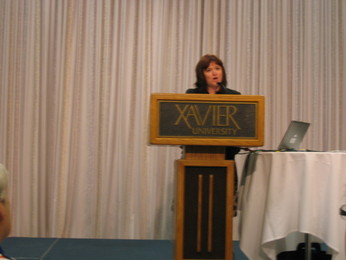
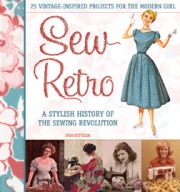

 RSS Feed
RSS Feed